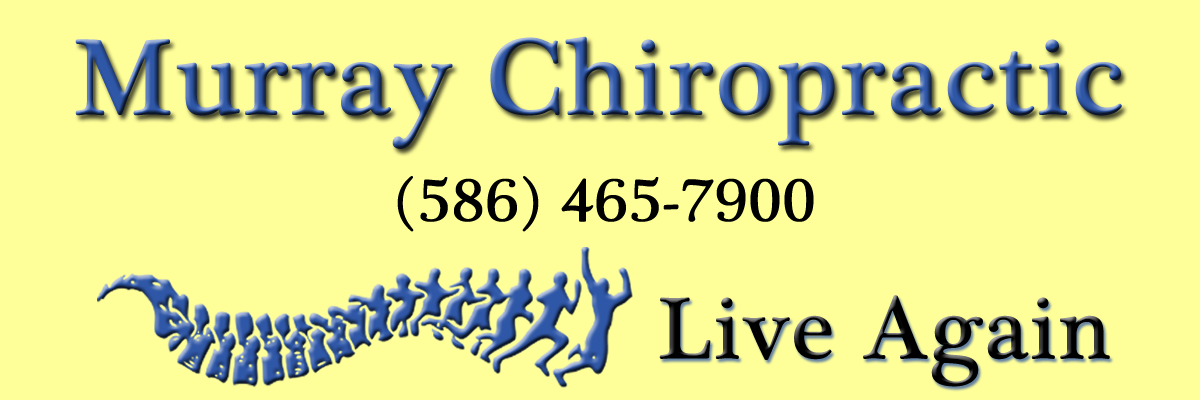References and Investigative Studies
https://www.chironexus.net/2012/10/how-chiropractic-can-help-with-hip-pain/
Brantingham JW, Globe GA, Cassa TK, et al. A single-group pretest posttest design using full kinetic chain manipulative therapy with rehabilitation in the treatment of 18 patients with hip osteoarthritis. Journal of Manipulative and Physiological Therapy 2012; 33(6): 445-57.
Hip osteoarthritis (HOA) affects 30 million Americans or more, and is a leading cause of disability, suffering, and pain. Standard treatments are minimally effective and carry significant risk and expense. This study assessed treatment effects of a chiropractic protocol for HOA.
Eighteen individuals, who did not qualify due to low baseline Western Ontario and McMaster Osteoarthritis Index scores (WOMAC) for other ongoing HOA randomized control trials, were selected. A prospectively planned protocol, consisting of axial manipulation to the affected hip with modified Thomas and active assisted stretch, was combined with full kinetic chain treatment or manipulative therapy to the spine, knee, ankle, or foot and assessed with use of valid and reliable outcome measures.
The primary outcome measure, the Overall Therapy Effectiveness Tool, was assessed with χ2 and demonstrated that 83.33% of participants were improved after the ninth visit, P = .005, and 78% improved at the 3-month follow-up, P = .018. Using the paired t test, WOMAC was improved 64% at the ninth visit, P = .000, and 47% at follow-up, P = .016.
In HOA patients with lower WOMAC scores, a highly organized HOA treatment appears to have resulted in statistically and clinically meaningful intragroup changes in the Overall Effectiveness Therapy Tool, WOMAC, Harris Hip Scale, and range of motion, all with P ≤ .05. Although the directionality and strength of the findings are encouraging, fully powered clinical trials are necessary to report generalizable findings.
Wisdo, Jeffrey J. Chiropractic Management of Hip Pain After Conservative Hip Arthroplasty. Journal of Manipulative & Physiological Therapeutics, Volume 27, Issue 7, 479
To describe a case involving postsurgical hip pain that was successfully treated with a combination of chiropractic manipulation of the lumbar and pelvic region and low-tech rehabilitation 14 months postsurgery.
A 45-year-old man had pain and difficulty with walking. He was diagnosed with bilateral avascular necrosis at the femoral heads. He had successful right hip arthroplasty (HA) surgery at the time of the original diagnosis and had 2 previous surgeries to the left hip joint to treat avascular necrosis, with the latter being hip arthroplasty. He had a chief complaint of left hip pain that radiated down the lateral thigh to the knee with a “clicking” of the hip noted at end range abduction and adduction, as well as an altered gait pattern associated with dysfunction of the left hip.
He was treated with chiropractic manipulative therapy of the lumbar and sacroiliac joints and a rehabilitation program that consisted of in-office and home exercise programs. The patient experienced a decrease in the pain and an improvement in the flexibility and strength that led to an improved gait pattern and decreased pain. Outcomes were measured through active range of motion comparisons and use of the Harris Hip Scale Evaluation.
Treatment of hip pain through chiropractic manipulation and rehabilitation is described. The patient had increases in active ranges of motion and Harris Hip scores. Additional studies should be done to evaluate the effects of chiropractic manipulations on patient outcomes following such surgeries.

